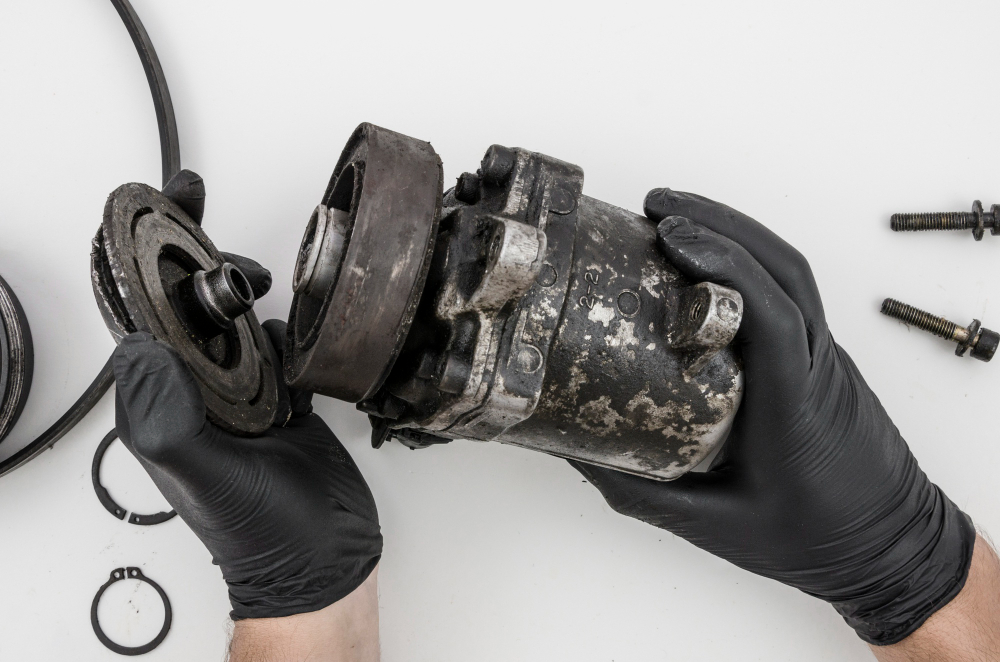In the realm of internal combustion engines, every component plays a crucial role in ensuring efficient and powerful performance. Among these components, the piston crown stands out as a vital part of the piston assembly that significantly affects engine efficiency, emissions, and durability. Although often overlooked by the untrained eye, the piston crown is engineered with precision and purpose. Let’s explore what a piston crown is, its functions, and why it matters.
What is a Piston Crown?
The piston crown is the top surface of the piston – the part that is exposed directly to the combustion chamber. It is the area that comes in direct contact with high-pressure combustion gases during the engine’s power stroke. Depending on the engine type and its application, the piston crown may be flat, domed, concave, or intricately shaped.
Primary Functions of a Piston Crown
- Withstanding High Temperatures and Pressure
- The piston crown faces extreme heat and pressure during combustion. It must be strong enough to withstand these forces repeatedly without deforming or cracking.
- Shaping the Combustion Process
- The shape of the piston crown can influence the air-fuel mixing, swirl, and flame propagation in the combustion chamber. For example, bowl-in-piston designs are commonly used in diesel engines to enhance mixing and promote more efficient combustion.
- Transfer of Heat
- The piston crown absorbs a significant amount of heat from the combustion process. It plays a key role in transferring this heat down through the piston and out to the cooling system.
- Sealing the Combustion Chamber
- Along with piston rings, the piston crown helps maintain an effective seal in the combustion chamber, preventing blow-by gases and maintaining compression.
Design Variations in Piston Crowns
Piston crowns come in various designs depending on the engine’s purpose:
- Flat-top Pistons – Common in gasoline engines for uniform combustion.
- Dome-top Pistons – Used to increase compression ratio and improve power output.
- Dish-top or Bowl Pistons – Often seen in diesel engines to create turbulence and enhance air-fuel mixing.
The design choice depends on the required balance between power, efficiency, and emission control.
Materials and Manufacturing
Due to the intense operating environment, piston crowns are typically made from:
- Aluminum Alloys (for lightweight, high-speed engines)
- Steel or Forged Steel (for high-performance or heavy-duty diesel engines)
In some engines, especially large marine or industrial engines, the piston crown is manufactured as a separate, replaceable component from the piston skirt – allowing easier maintenance and durability under harsh conditions.
Importance in Engine Performance and Emissions
The piston crown has a direct impact on:
Common Issues and Maintenance
Over time, the piston crown can suffer from:
- Cracking due to thermal fatigue
- Burning or erosion from poor combustion or injector issues
- Carbon deposits that affect performance
Routine inspections, proper fuel injection settings, and timely maintenance help prevent such issues.
Conclusion
The piston crown might be just the “top” of the piston, but its importance in engine operation is foundational. From influencing combustion dynamics to withstanding punishing thermal conditions, this seemingly simple component is a key player in achieving performance, durability, and environmental goals. Whether you’re working on marine diesel engines, industrial generators, or automotive engines, understanding and maintaining the piston crown is crucial for optimal engine health.



